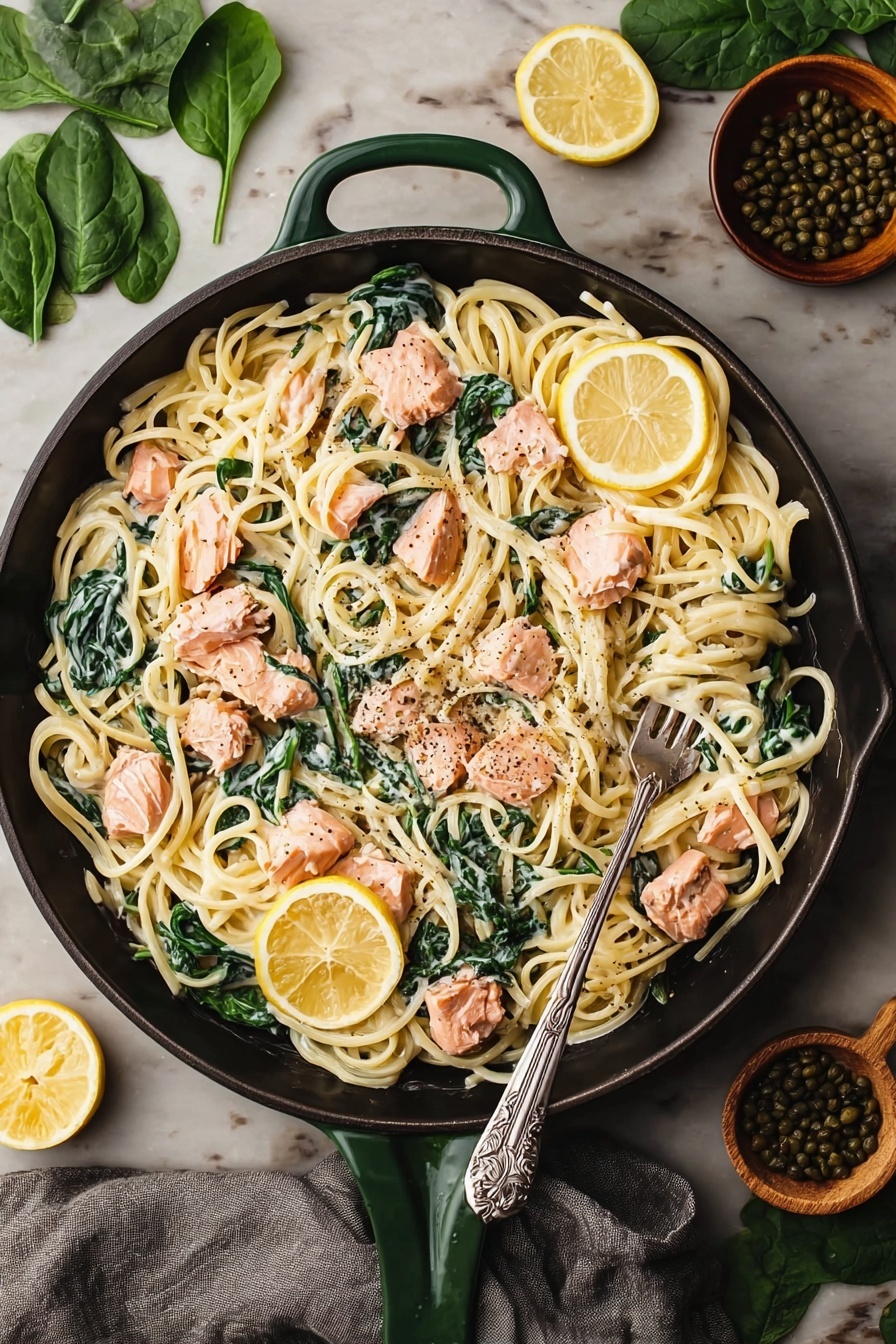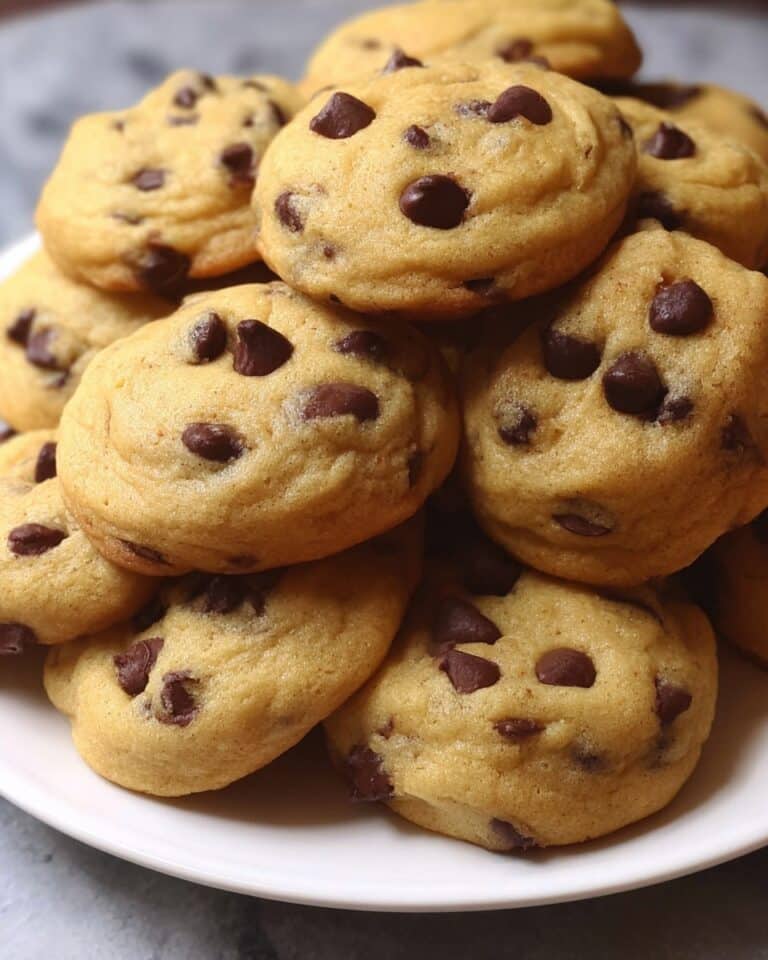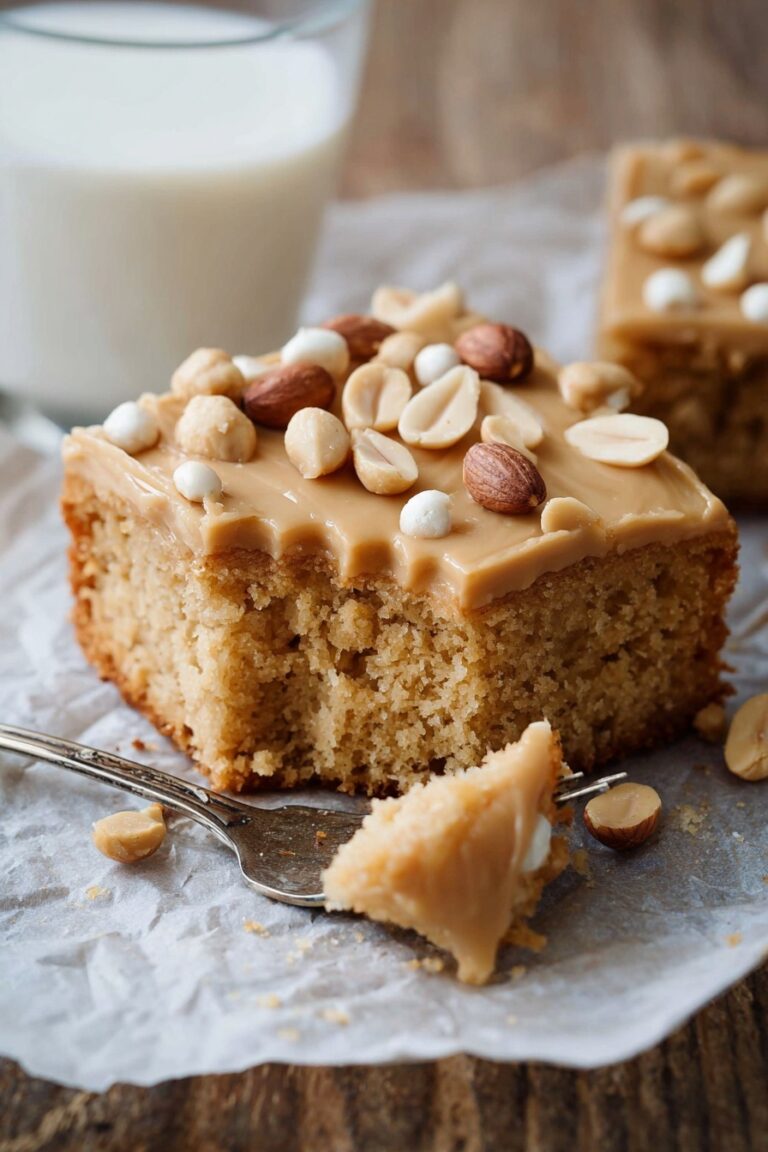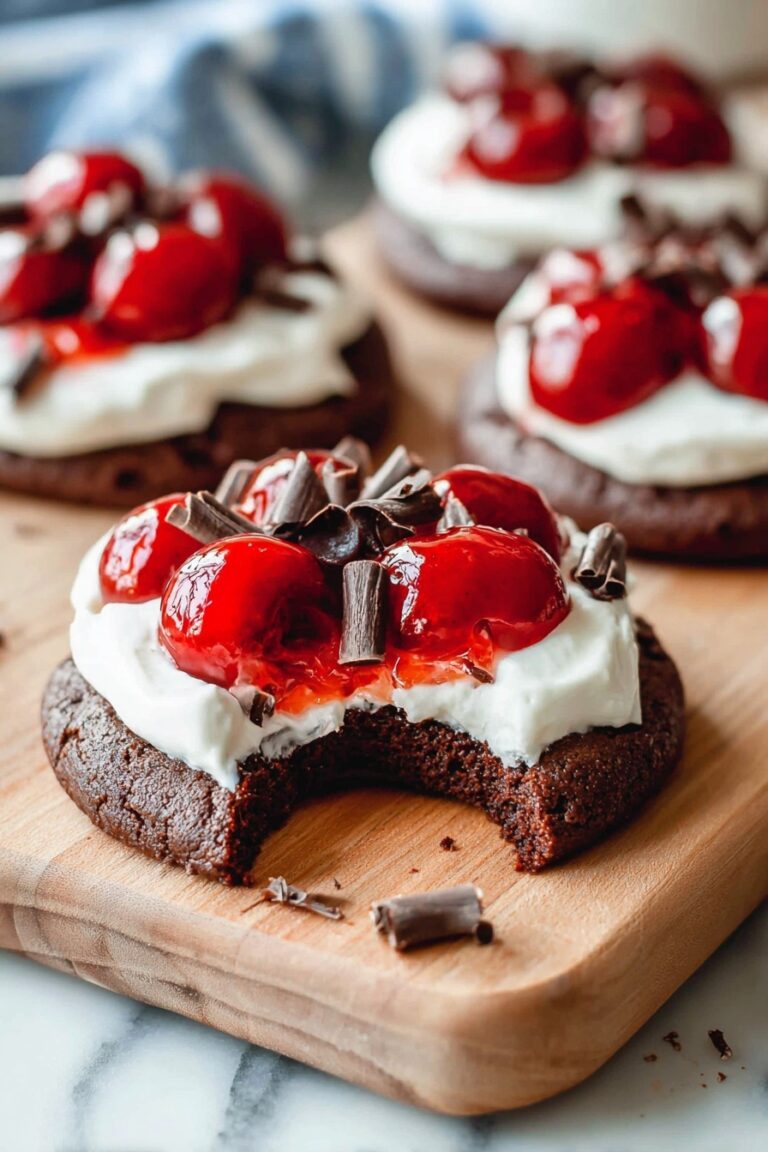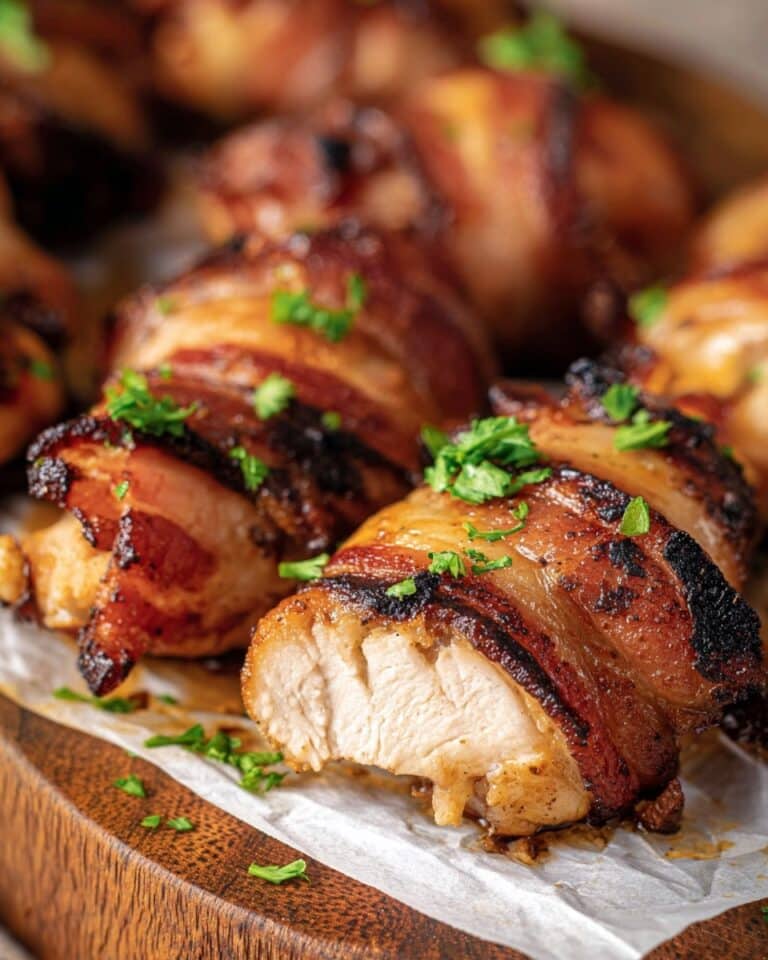Creamy Salmon Pasta with Spinach Recipe
If you’ve been craving something rich, comforting, and a little bit fancy but totally doable on a weeknight, you’re going to love this Creamy Salmon Pasta with Spinach Recipe. It’s one of those dishes that’s equally perfect for impressing guests or just treating yourself after a long day. I’m talking velvety cream sauce, tender salmon chunks, and fresh spinach all twirling together on linguine – honestly, it’s fan-freaking-tastic. Stick with me here, because I’m walking you through all the tips and tricks to nail it every time.
Why This Recipe Works
- Perfectly Balanced Flavors: The tang from lemon zest and capers brightens the luscious cream sauce and rich salmon beautifully.
- Simple Technique: Baking the salmon ensures tender, moist chunks without overcooking or fussing at the stove.
- One-Pan Sauce Magic: Making the sauce in the same skillet where you wilt the spinach means less cleanup and deep, melded flavors.
- Quick & Elegant: Ready in about 40 minutes, it’s perfect for busy nights that deserve something special.
Ingredients & Why They Work
This Creamy Salmon Pasta with Spinach Recipe uses a handful of straightforward ingredients that complement each other so well. The key is using fresh salmon and getting the sauce just right with cream and a splash of white wine for richness and depth.
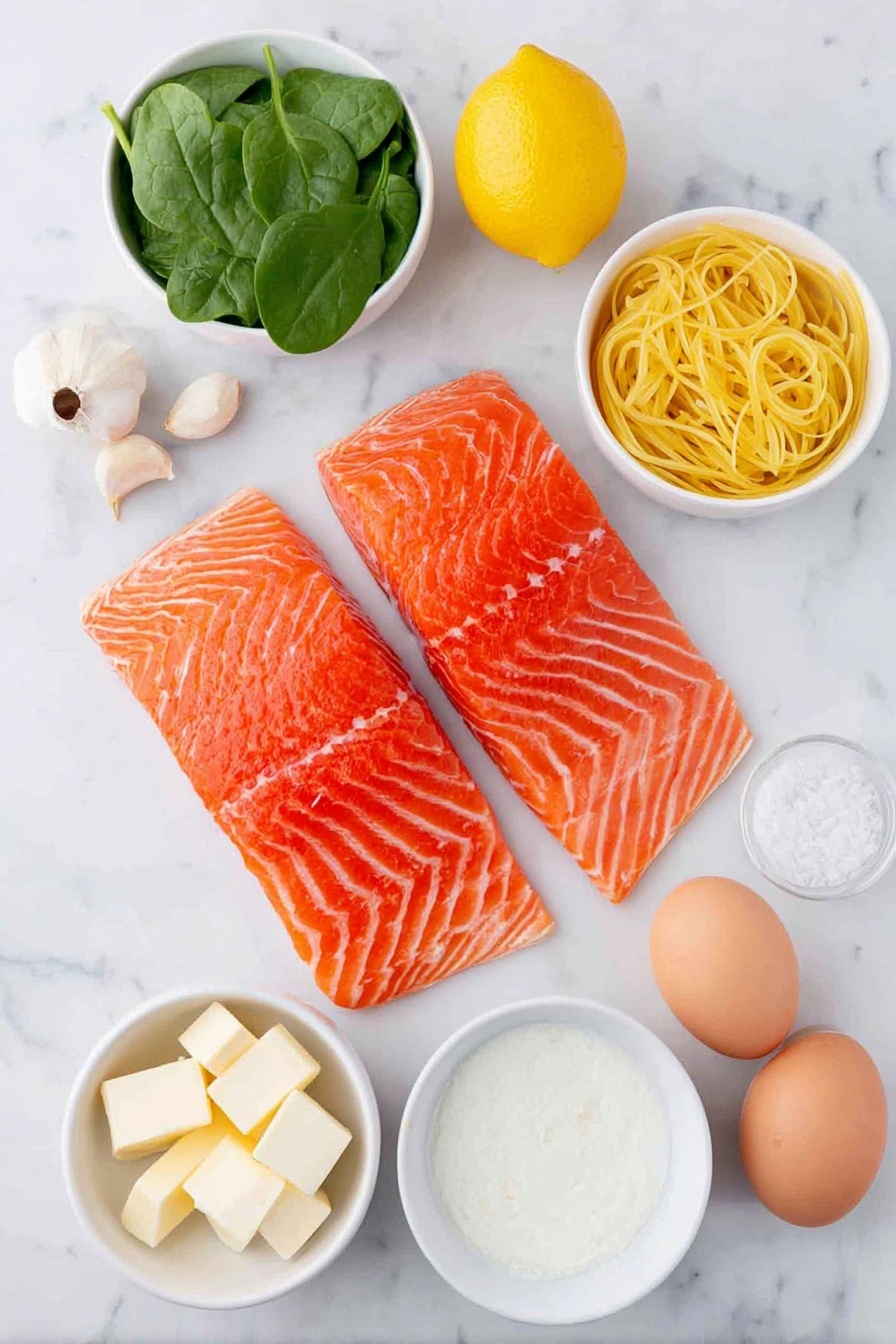
- Salmon fillets: Opt for fresh or thawed wild-caught salmon if you can—it cooks evenly and has great flavor.
- Kosher salt: I always salt the pasta water generously to enhance the pasta’s flavor throughout.
- Ground black pepper: Adds gentle heat and depth, split between the seasoning steps for balanced flavor.
- Linguine: Holds the creamy sauce well, but feel free to swap for fettuccine or spaghetti if that’s what you have.
- Unsalted butter: Creates a silky base for the sauce and layers flavor without overpowering.
- Garlic cloves: Fresh minced garlic provides aromatic punch; don’t skip or substitute with powder here.
- Heavy cream: The star of the sauce — it thickens beautifully and wraps everything with a rich texture.
- Dry white wine: Adds acidity and a subtle fruitiness—choose a decent but budget-friendly bottle you’d enjoy sipping.
- Lemon zest: Freshly grated for a bright, citrusy pop that cuts through the richness.
- Baby spinach: Wilts quickly and brings a fresh, earthy note and lovely color contrast.
- Capers: These little bursts of briny goodness uplift the whole dish, adding a surprising tang.
- Lemon wedges (optional): To squeeze right before serving for an extra fresh finish.
Tweak to Your Taste
One of the best things about this creamy salmon pasta is how easy it is to personalize. I often switch up the herbs or add extras like sun-dried tomatoes or a sprinkle of Parmesan cheese to make it my own. You should experiment too—it’s your kitchen playground!
- Variation: I love swapping spinach for kale or arugula when I want a peppery twist—just add a minute or two more to wilt them down.
- Dairy-free option: Try coconut cream instead of heavy cream, and skip butter; the flavor’s different but still delicious!
- Extra protein: Toss in a handful of peas or white beans if you want a bit more bulk without changing the salmon focus.
- Spice it up: A pinch of chili flakes added with the garlic gives this dish a fun kick without overpowering.
Step-by-Step: How I Make Creamy Salmon Pasta with Spinach Recipe
Step 1: Bake the Salmon for Tender, Flaky Perfection
First up, preheat your oven to 350°F. I like to line a small baking pan with nonstick spray, then place the salmon skin-side down. Sprinkle half a teaspoon of kosher salt and a quarter teaspoon of black pepper over the fillets. Baking at this moderate temperature for about 14 to 16 minutes ensures your salmon stays juicy and cooked just right—you’re looking for it to be almost opaque and flaky but still moist. Don’t worry about the skin here; you’ll peel it off easily once it’s cooked.
Step 2: Boil the Pasta to Al Dente
While the salmon bakes, bring a large pot of water to a boil and add a generous pinch of salt—it really seasons the pasta internally, trust me! Cook your linguine according to package directions until just al dente because it’ll finish cooking a bit when we toss it later. Drain it thoroughly when it’s done and set aside.
Step 3: Whip Up the Creamy, Dreamy Sauce
Next, grab a large high-sided skillet and melt two tablespoons of butter over medium heat. Toss in minced garlic and stir constantly for about a minute until fragrant—but don’t let it brown or it can get bitter. Pour in 1¼ cups of heavy cream and half a cup of dry white wine, then add the remaining salt and pepper plus that lovely teaspoon of lemon zest. Bring this to a boil over medium-high heat before lowering the heat and letting it simmer gently for 5 to 6 minutes or until it thickens just enough to coat the back of a spoon. Stir frequently here so the sauce doesn’t stick or scorch.
Step 4: Add Spinach, Capers, and Pasta
Time to brighten things up! Stir your fresh baby spinach and two tablespoons of capers into the sauce. The spinach will wilt quickly—just 1 to 2 minutes—so keep the heat low and toss everything gently. Then, add the drained pasta right on top and toss to combine. This step melds all those flavors together perfectly and ensures every bite is creamy and satisfying.
Step 5: Finish with Flaked Salmon and Serve
Once your salmon is out of the oven, take a spatula and carefully separate the skin from the salmon flesh—it should slide right off and you can discard the skin. Break the salmon into large chunks over the pasta, folding them in gently so they don’t fall apart completely. Serve it up with optional lemon wedges for squeezing over the top. That citrus hit is just the cherry on top!
Pro Tips for Making Creamy Salmon Pasta with Spinach Recipe
- Don’t Skip Resting the Salmon: Letting baked salmon rest for a few minutes before flaking helps it stay juicy instead of drying out.
- Use Quality White Wine: The wine’s flavor really shines in the sauce, so pick one you enjoy drinking to avoid bitterness.
- Watch Your Garlic Closely: Garlic burns fast—stir constantly and remove from heat if it starts browning.
- Don’t Overcook the Pasta: Since it finishes cooking in the sauce, slightly undercook it initially to keep the perfect bite.
How to Serve Creamy Salmon Pasta with Spinach Recipe
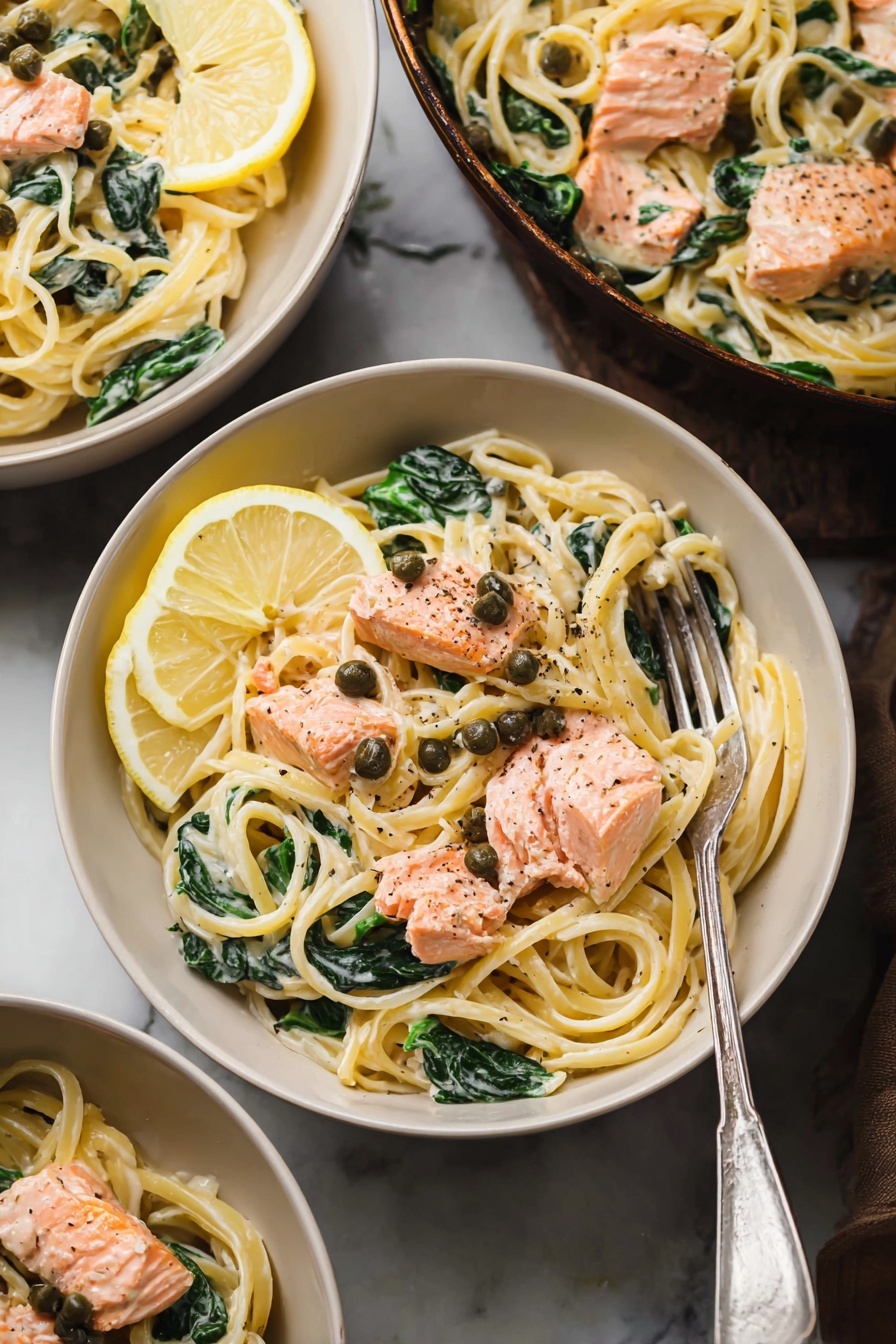
Garnishes
I always serve this dish with lemon wedges on the side—they add such a refreshing zing that cuts through the creaminess perfectly. Sometimes I sprinkle freshly chopped parsley or a little shaved Parmesan on top for an extra layer of flavor and a lovely pop of green.
Side Dishes
On busy nights, I pair this creamy salmon pasta with a crisp Caesar salad or some garlic roasted asparagus to keep things balanced and fresh. Crusty garlic bread is also a fan favorite around my house for sopping up any leftover sauce.
Creative Ways to Present
For dinner parties, I like to serve this pasta in shallow white bowls sprinkled with edible flowers or microgreens—it instantly dresses up the dish and makes it feel special without extra fuss. Plus, individual ramekins or mini cast iron skillets add charm and keep it cozy.
Make Ahead and Storage
Storing Leftovers
When I have leftovers, I store them in airtight containers in the fridge and usually they last about 2 days without losing too much flavor or texture. Keep in mind the spinach can wilt more over time, so I try to enjoy it as fresh as possible.
Freezing
I don’t recommend freezing this particular dish because the cream sauce and cooked spinach don’t reheat well—it tends to separate and get watery. If you want to freeze components, cook and freeze plain salmon or pasta separately, then combine fresh later.
Reheating
To reheat leftovers, I gently warm the pasta in a skillet over low heat with a splash of cream or milk to revive the sauce’s creaminess. Microwaving works in a pinch but can make the sauce a bit grainy or separate, so low heat on the stove is my go-to.
FAQs
-
Can I use frozen salmon for this recipe?
Absolutely! Just make sure to thaw the salmon completely in the fridge overnight and pat it dry before seasoning and baking. This helps it cook evenly and prevents it from steaming instead of roasting.
-
What can I substitute for white wine in the sauce?
If you prefer to avoid alcohol, try using chicken broth or vegetable broth with a splash of lemon juice for acidity. The flavor will be slightly different but still delicious and creamy.
-
How do I prevent the cream sauce from splitting?
Keep the heat moderate when simmering the cream and avoid boiling aggressively. Stir frequently, and once thickened, reduce heat to low to keep the sauce smooth and luscious.
-
Can I use another kind of pasta?
Definitely! Linguine is traditional here, but fettuccine, spaghetti, or even penne work great. Just adjust cooking times accordingly to keep that perfect al dente texture.
Final Thoughts
I love making this Creamy Salmon Pasta with Spinach Recipe whenever I want a dish that feels indulgent but comes together without any crazy skills or time investment. It’s rich and comforting, yet bright and fresh thanks to the lemon and capers—a combo that always hits the spot for me. If you give this recipe a try, I bet it’ll become your go-to salmon pasta too. Enjoy every creamy, dreamy bite with someone you love or savor it all by yourself—you’ve earned it!
Print
Creamy Salmon Pasta with Spinach Recipe
- Prep Time: 15 minutes
- Cook Time: 25 minutes
- Total Time: 40 minutes
- Yield: 4 servings
- Category: Main Course
- Method: Baking
- Cuisine: American
- Diet: Low Lactose
Description
A rich and satisfying creamy salmon pasta featuring baked salmon, tender linguine, and a luscious sauce made with heavy cream, white wine, garlic, lemon zest, spinach, and capers. Perfect for a comforting dinner that combines delicate seafood with fresh flavors.
Ingredients
Salmon
- 2 salmon fillets about 3/4 pound (1 large fillet is also fine)
- 1 teaspoon kosher salt divided
- 1/2 teaspoon ground black pepper divided
- Nonstick cooking spray
Pasta and Sauce
- 12 ounces linguine
- 2 tablespoons unsalted butter
- 3 garlic cloves minced
- 1 1/4 cups heavy cream
- 1/2 cup dry white wine
- 1 teaspoon grated lemon zest
- 1 box baby spinach 5 ounces
- 2 tablespoons capers
- Lemon wedges for garnish (optional)
Instructions
- Preheat and Bake Salmon: Preheat the oven to 350 degrees F and spray a small rimmed baking pan with nonstick cooking spray. Place the salmon fillets skin side down on the prepared pan. Sprinkle with 1/2 teaspoon kosher salt and 1/4 teaspoon black pepper. Bake in the oven for 14 to 16 minutes, or until the salmon is almost opaque and reaches an internal temperature of 145 degrees F.
- Cook Pasta: While the salmon bakes, bring a large pot of water to a boil. Add a large pinch of salt to the boiling water. Cook the linguine according to package instructions until al dente, then drain.
- Prepare Sauce: In a large high-sided skillet, melt the butter over medium heat. Add the minced garlic and cook for 1 minute, stirring constantly to avoid burning. Pour in the heavy cream, dry white wine, grated lemon zest, remaining 1/2 teaspoon kosher salt, and remaining 1/4 teaspoon black pepper. Bring this mixture to a boil over medium-high heat, then reduce to medium and simmer for 5 to 6 minutes until the sauce thickens to a thin, creamy consistency.
- Add Greens and Combine: Reduce the heat to low. Add the baby spinach and capers to the skillet, then place the drained linguine on top. Cook over low heat for 1 to 2 minutes, tossing frequently, until the spinach is just wilted and everything is well combined.
- Finish and Serve: Remove the salmon from the oven. Using a spatula, gently separate the skin from the salmon flesh and discard the skin. Break the salmon into large chunks and fold it into the pasta mixture. Serve immediately garnished with lemon wedges for squeezing over the pasta, if desired.
Notes
- Use a thermometer to ensure the salmon is perfectly cooked to 145 degrees F for safety and optimal texture.
- Dry white wine adds acidity and depth; substitute with chicken broth if preferred.
- Capers add a tangy burst—rinse them if you prefer less saltiness.
- You can substitute linguine with fettuccine or spaghetti if desired.
- For a lighter version, substitute heavy cream with half-and-half, though the sauce will be less rich.
- Leftover pasta can be refrigerated and reheated gently on the stovetop with a splash of cream or water.
Nutrition
- Serving Size: 1 serving
- Calories: 650 kcal
- Sugar: 3 g
- Sodium: 700 mg
- Fat: 40 g
- Saturated Fat: 22 g
- Unsaturated Fat: 15 g
- Trans Fat: 0 g
- Carbohydrates: 45 g
- Fiber: 4 g
- Protein: 30 g
- Cholesterol: 130 mg

